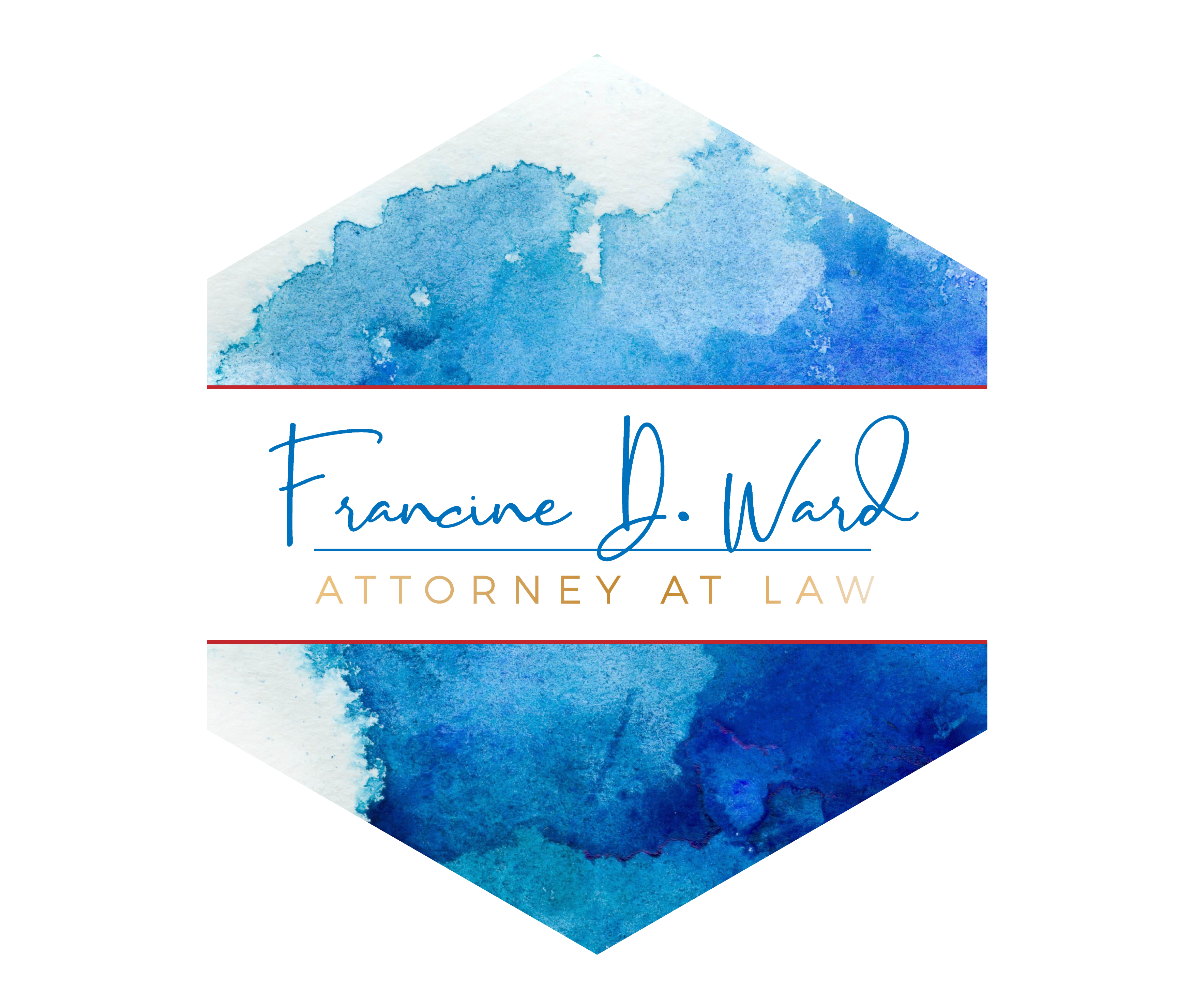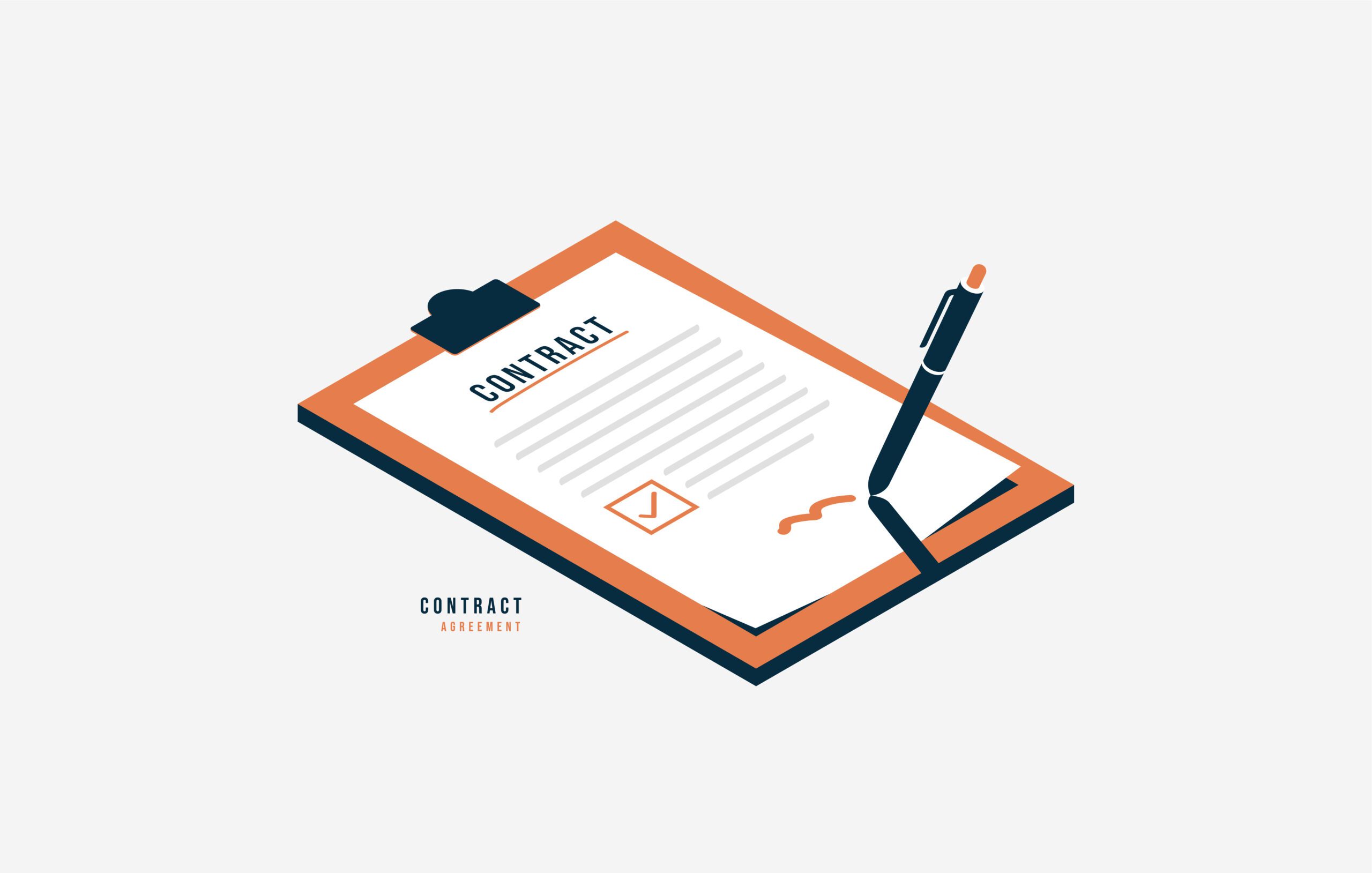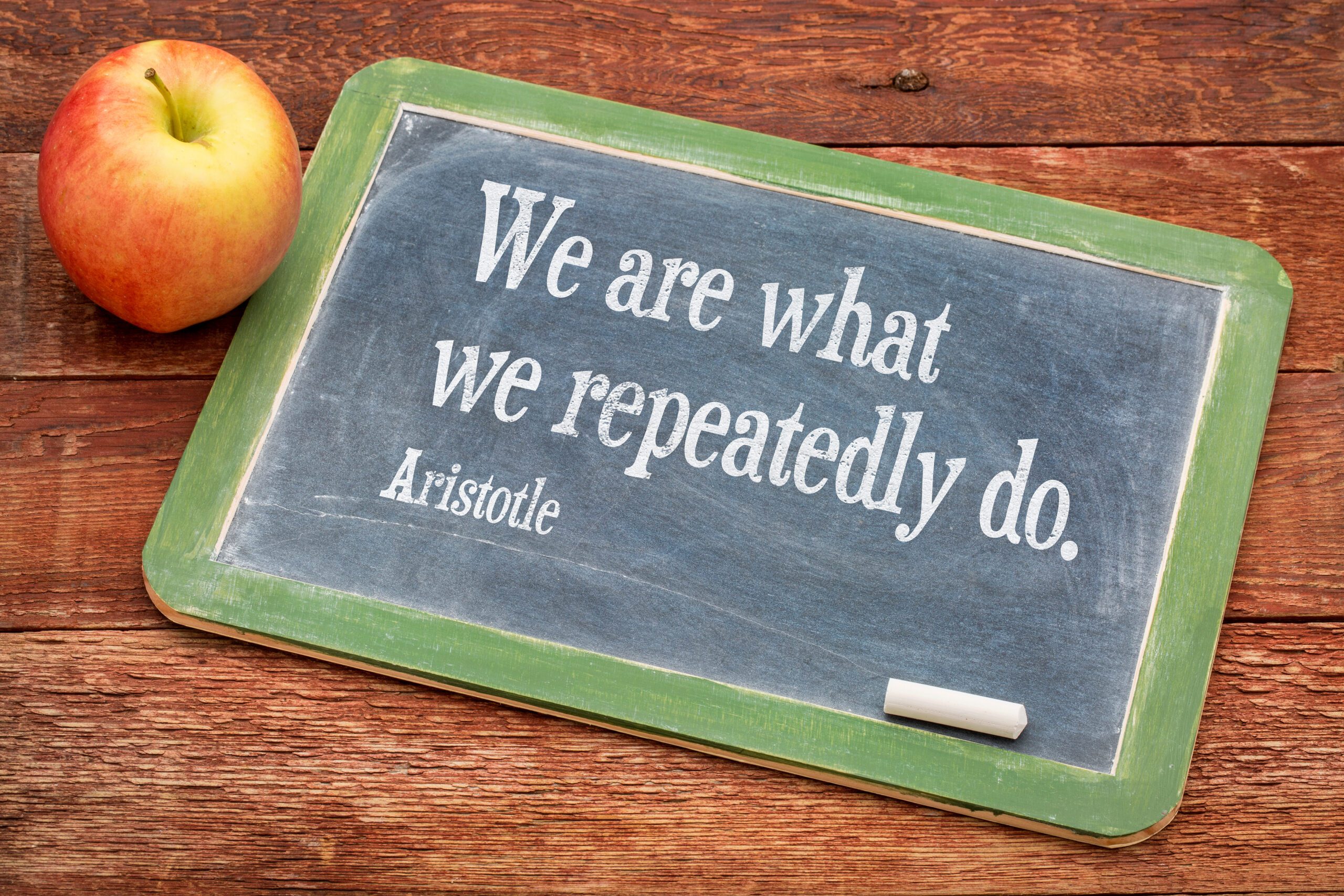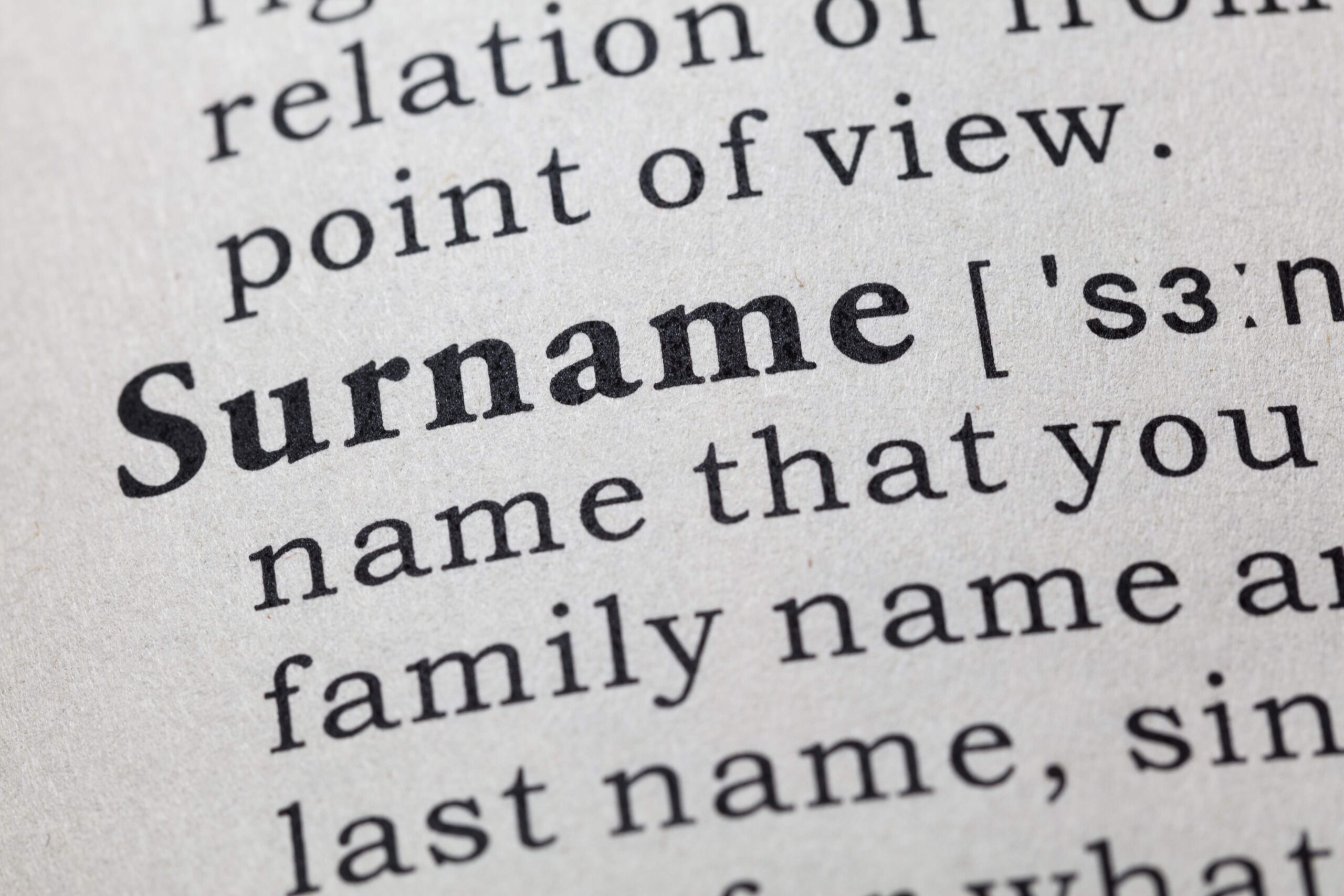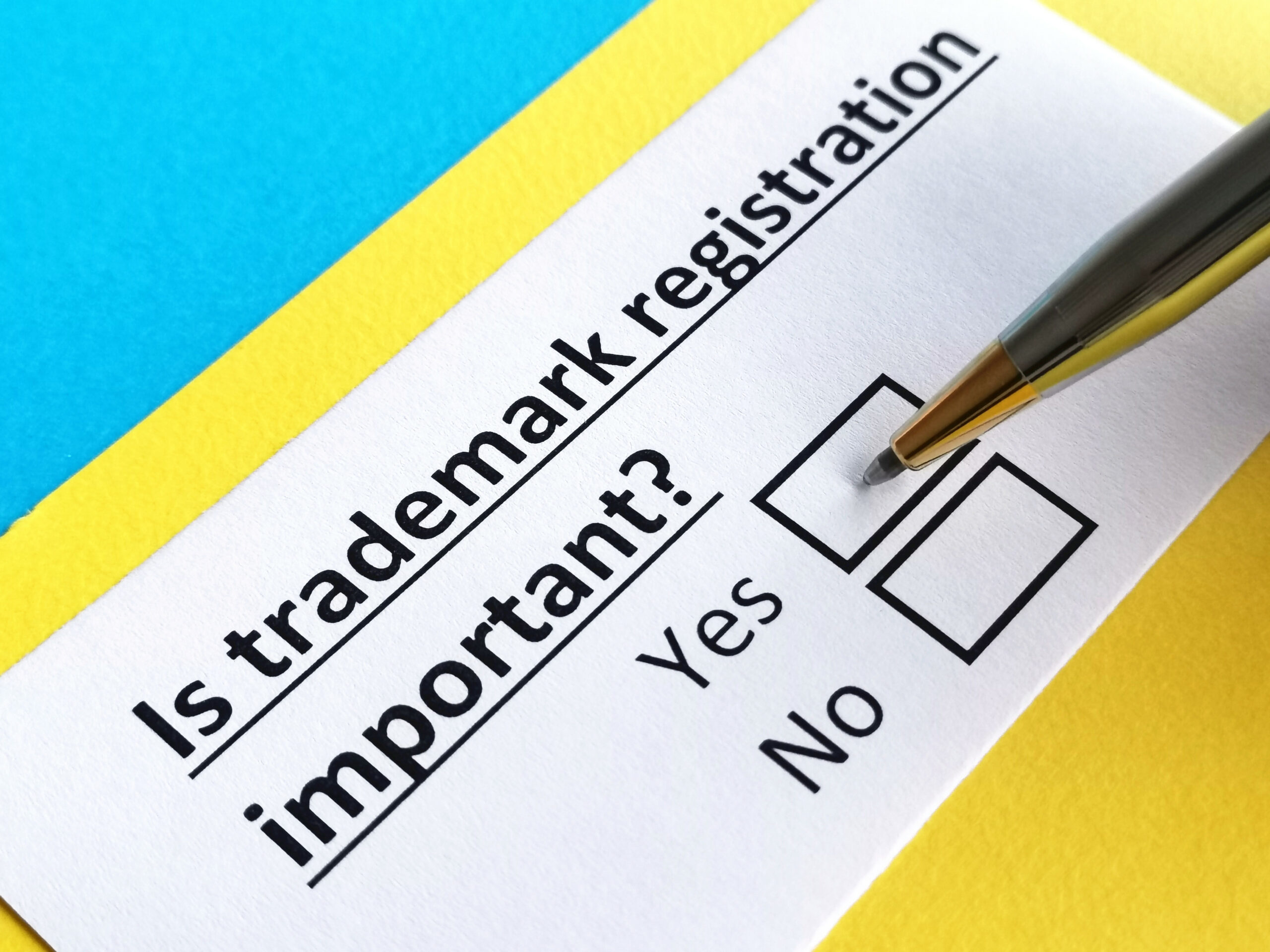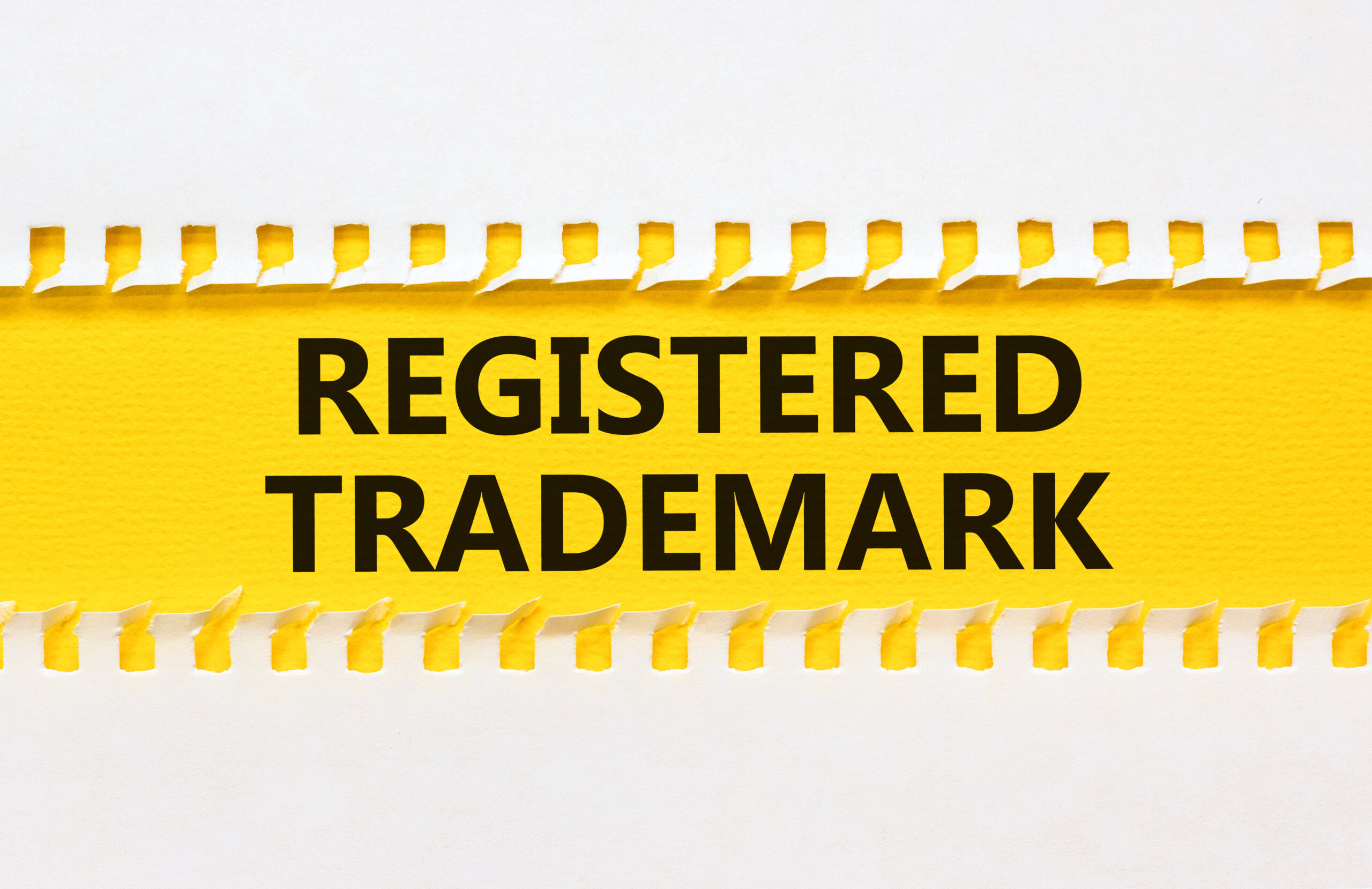A trust must be funded with trust assets to be valid and enforceable. There is no limit on the type of assets placed in a trust. A trust can be funded with a variety of assets. A trust can be funded with real property, such as residential houses, commercial property, rental property, and unimproved land. It can be funded with tangible personal property such as jewelry, clothing, household furniture, fixtures, chinaware, silver, photos, artwork, books, boats, vehicles, electronic equipment, musical instruments, artifacts relating to my hobbies, and all other tangible articles of personal property owned by the grantor or later acquired. The trust can be funded with intangible property rights, such as copyrights, trademarks, trade secrets, patents, and/or publicity rights. Financial assets in a bank, credit union, brokerage house, or other financial institution, such as stocks, bonds, CDs, and/or cryptocurrency, may also be funded into a trust.
Consider creating an initial inventory of your trust assets. You can always add to you but start the process now. It will make it easier for you and help your attorney when preparing an estate plan.
Additional Benefits of a Complete Inventory
An inventory of your trust assets helps your loved ones understand their next steps concerning taking control of your property. They know what to look for and where to find those assets. Certain items and accounts, such as the following, may be distributed according to the unique legal aspects of that type of property:
- Property owned in joint tenancy with the right of survivorship (such as real estate or bank accounts) will pass automatically to the surviving joint owner. It avoids probate and the trust administration process.
- Some financial institutions permit pay-on-death accounts (POD). Here you designate who gets your money outright. The named beneficiary is paid directly.
- If you have completed the proper beneficiary designation forms, your life insurance proceeds typically will not have to go through probate. The designated beneficiary will receive funds outright, avoiding probate and trust administration.
- Accounts and property titled in the name of a trust can be distributed outside of probate according to the terms of the trust agreement.
- Retirement accounts usually require the listed beneficiaries to file a claim with the account custodian before the account is paid out. Probate courts and trusts usually have no control over retirement accounts.
- Vehicles will typically need to be transferred through the local department of motor vehicles, which requires an affidavit along with a death certificate and the physical car title.
- Some high-value personal property, e.g., jewelry, antiques, furniture, and art collections, may be subject to probate unless transferred into a trust before death.
What to Do with Your Inventory Once Created
After creating your inventory, make sure to store a copy where your loved ones will be able to find it should something happen to you easily. Consider the following locations:
- an estate planning portfolio or binder
- a file folder that is clearly marked and easily accessible to your loved ones
- your client file with your estate planning attorney
- an electronic document format that can be shared with your trusted loved ones online
- a clearly labeled USB drive in your safety deposit box or safe (as long as you let your loved ones know what to look for, where to find it, and how to access it)
- Your client file with your other professional advisors (so that they can help your loved ones easily identify all of your property if your loved ones call them first after your death)
Once you have created and shared your inventory, you should create an updated plan. Over time, accounts get closed or consolidated with other accounts, the property is sold or acquired, stocks are converted to cash, and retirement accounts are depleted. If you do not regularly update your inventory, there is a chance that you could create confusion and send your loved ones down rabbit holes as they try to handle your affairs. Avoid leaving them with a mess. Make sure your trust assets are appropriately labeled and can be easily found.
Some people find it helpful to choose a specific date each year when they will review and update their inventory and estate planning documents. Make a plan, implement it, and stick with whatever will work best for you. If you do, your loved ones will praise your name for years. Please call me if you need assistance or have questions about reviewing your essential documents.

Francine D. Ward
Attorney-At-Law, Author, Speaker
Follow Francine:
Don’t miss Francine’s Latest Blogs:
- Publishing contractsPublishing contracts The publishing contract is an agreement that defines the relationship between an author and her publisher. Publishing contracts typically contain elements that speak to territory, rights, ownership, financial… Read more: Publishing contracts
- What is a Habit?As we enter springtime, you may feel far away from your New Year’s resolution. That may be because of the success rate of NYE resolutions. In fact, January 17 is… Read more: What is a Habit?
- Common Contract MistakeCommon Contract Mistake #1. Not Having Written Agreements with EVERYONE You Do Business With. Common contract mistake. Without question, the most common contract mistake is not having the terms of… Read more: Common Contract Mistake
- AI and PatentsAI and Patents. Understanding Patent Law in the Age of AI. Patents, along with Copyrights, Trademarks, Trade Secrets, and Rights of Publicity, are one of the five areas of practice… Read more: AI and Patents
- Effective Goal SettingSetting Goals. It’s that time of year, time to plan for effective goal setting. A time when some of us start thinking about goals for the upcoming year. If you… Read more: Effective Goal Setting
